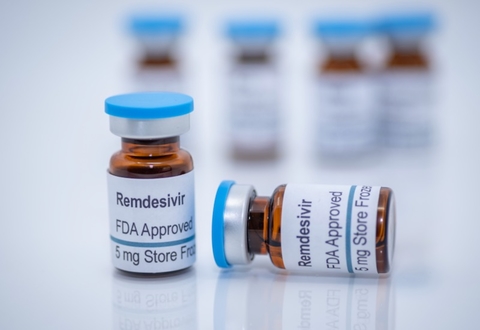However as production of these trees increase price would also fall making this initiative cost less prohibitive. While a typical hardwood tree can absorb as much as 48 pounds of carbon dioxide per year.
 How Trees Reduce Air Pollution Co2 Living
How Trees Reduce Air Pollution Co2 Living
The forests of the world are a.

Trees absorb co2. Trees take a very long time to grow and its likely that our carbon emissions will continue to go up as the world continues to grow and develop. This means it will sequester approximately 1 ton of carbon dioxide by the time it reaches 40 years old. But trees also play a vital role in directly removing pollutants from the air.
Trees filter carbon dioxide from the air. Green plants create biomass. A single tree would initially cost 20000 around the price of a car in the US.
The tree has a very Jack and the Beanstalk. This would amount to 10 of all global emissions. Ten million artificial trees could absorb 36 billion tons of carbon dioxide a year.
How much CO2 can a tree absorb A typical tree can absorb around 21 kilograms of carbon dioxide CO2 per year however this figure is only achieved when the tree is fully grown - saplings will absorb significantly less than this. Douglas firs are popular Christmas trees and both trees are popular landscape plants. During photosynthesis plane trees remove CO2 from the atmosphere.
So the more plants the better. It also cools the air by providing shade and through water evaporation. Over a lifetime of 100 years one tree could absorb around a.
One ton of CO2 is a lot. They absorb and store carbon dioxide CO 2 the key greenhouse gas emitted by our cars and power plantsbefore it has a chance to reach the upper atmosphere and. While each acre of most tree species can capture and store 11 to 95 metric tons of carbon dioxide a year an acre of empress trees can absorb 103.
Trees and other plants naturally take in carbon dioxide and turn it back to clean breathable oxygen. Green plants use sunlight to convert CO2 and water into sugar. However on average human activity puts about 40 billion tons of CO2 into the air each year.
This means that in order to take into account future growth of carbon emissions each person would need to plant one tree per year every year for each year theyve been alive and continue to live. Scientists have long wondered whether trees and plants could reach a breaking point and no longer adequately absorb carbon dioxide. They do this by converting it into wood or other plant matter.
Plants are often seen as the lungs of an ecosystem because they absorb carbon dioxide. Trees absorb and store carbon dioxide. But the type of trees or plants is also important.
Forests are the lungs of the planet. The best way we know to combat CO2 emissions is by planting trees. Trees absorb carbon dioxide.
Unlike other sectors where carbon makes a one-way trip to the atmosphere forests act as a two-way highway absorbing CO2 when standing or regrowing and releasing it when cleared or. In other words forests provide a carbon sink that absorbs a net 76 billion metric tonnes of CO2 per year 15 times more carbon than the United States emits annually. Trees are important tools in the fight to stave off global warming.
Trees such as these in Sequoia National Park will continue to absorb carbon dioxide at generous rates through at least the end of the century a new study finds. And individuals can cancel out the impact of some of their emissions by investing in projects that reduce or store carbon forest preservation and tree. The bald cypress Taxodium spp is a deciduous conifer native to the wet and swampy areas of the southeastern states and absorbs large amounts of carbon dioxide as well.
Animals and decomposers break it down. And the trees are unparalleled living carbon banksa large redwood can sequester a ton of carbon from the air in its trunk and roots.
